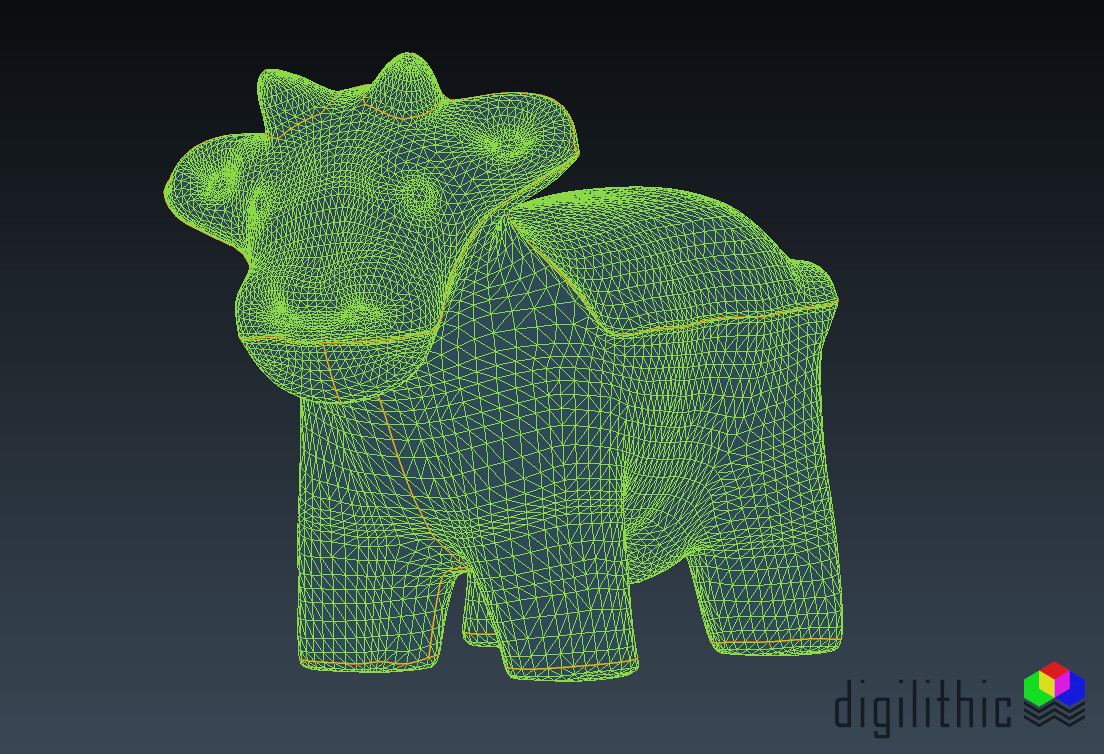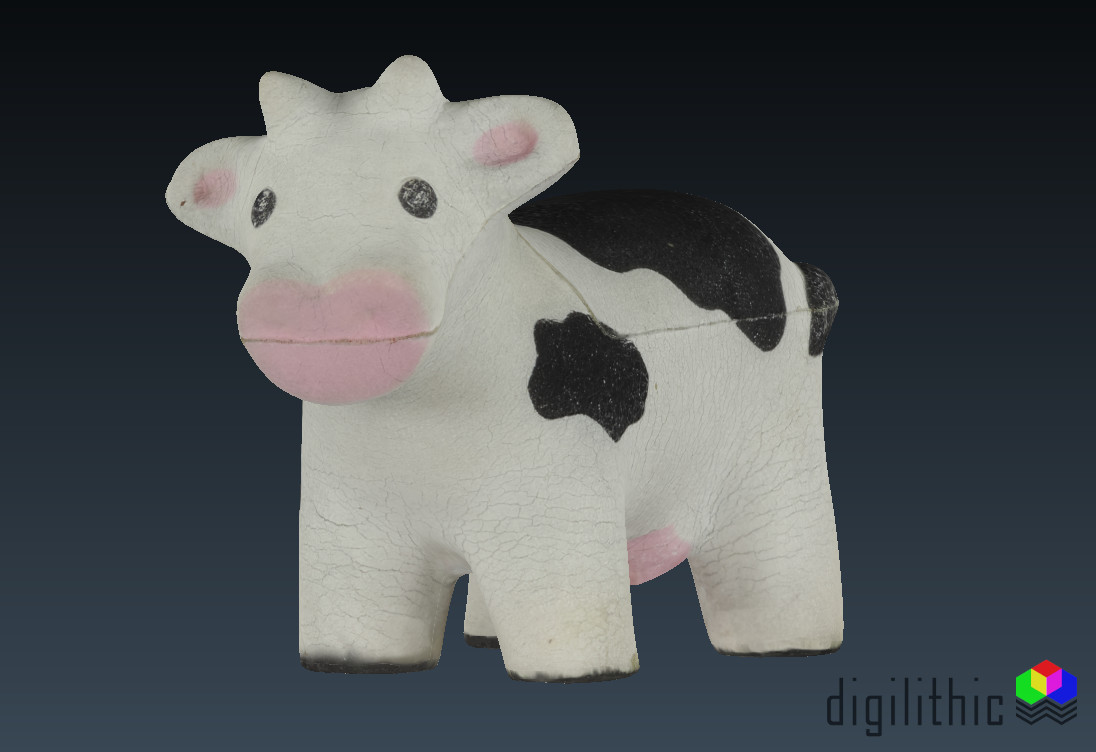As long as data size and complexity are kept within the scope of possibilities - almost everything digital can be presented in AR or VR.
Marker-based Augmented Reality connects the shown object to a pre-defined marker - here a banknote, fitting the golden Cash Cow. The objects can get an own movement, can be placed near the marker, placed to the ground, the wall or wherever wished for.

As the objects appears due to the marker, the object can be moved and rotated by rmoving the marker itself. The angle of the displaying device changes the angle to the 3D-object.

Typical example for Augmented Reality is a show of data (objects, texts, pictures, ...) on display, which you would not have in the real world. It is a enhancement of reality which can be used for smartphones, glasses, lenses - more or less for whatever has a screen and a camera attached to it.

Here an empty space in a furniture exhibition, that got filled via AR with a vintage chair, scanned by us. The style of the chair and it's strong shadow is the detail that reveals a "strange" object next to the others - shadow, light and colour are parameters that can be adjusted to the surroundings though.

Experimenting with different scans, objects, animations and markers led us to start an interactive trading card game which can be enhanced by wearing a head mounted display - an AR-device used like glasses. This way your hands are free to play and give "orders to your cards" by interacting with virtual buttons that can start an animation, showing scores, playing sounds etc.
.png)



